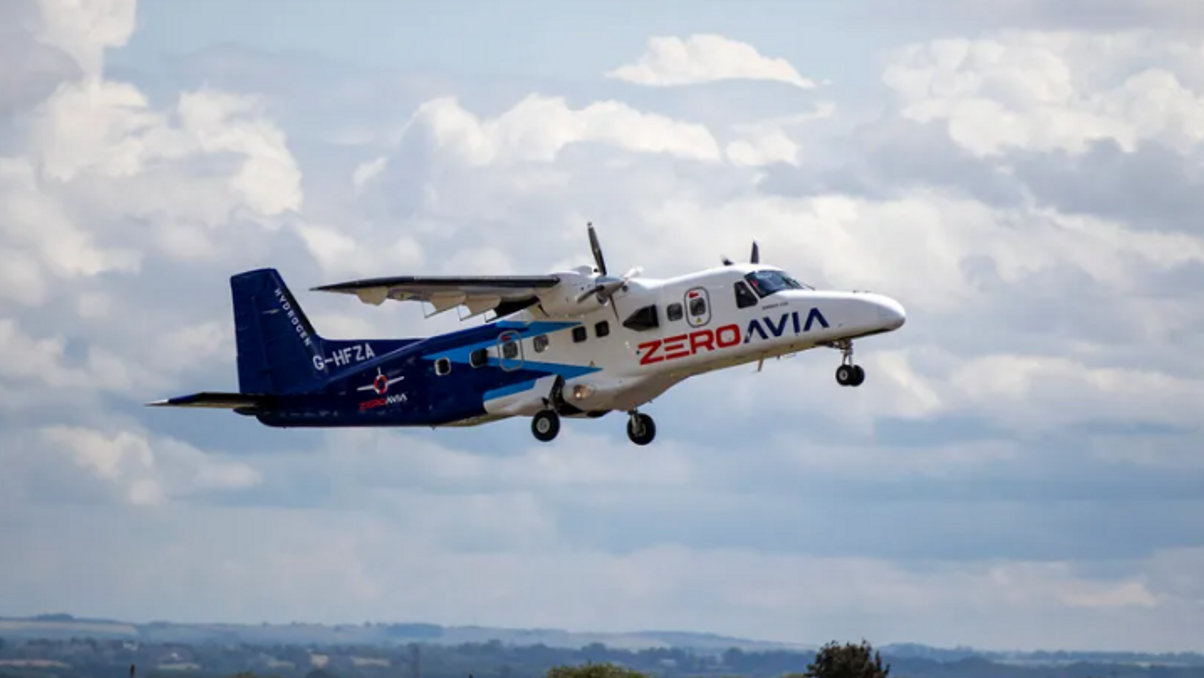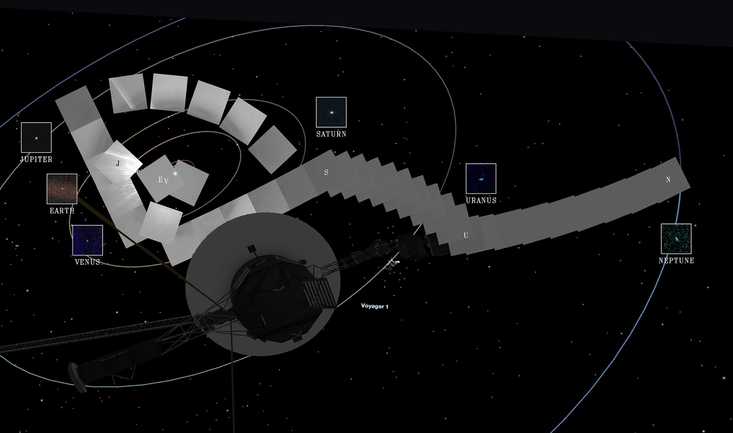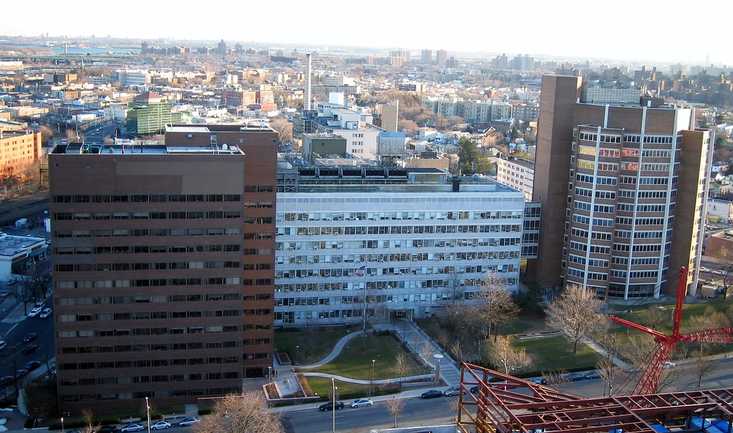Is This The Dawn Of Hydrogen-Powered Air Travel?
Recent developments might be the first step toward carbon-neutral flight. ZeroAvia
ZeroAvia
News that is entertaining to read
Subscribe for free to get more stories like this directly to your inboxEnvironmental activists have long pointed a finger at air travel as a major contributor to global pollution. And unlike electric vehicles, it’s not so simple to replace the fuel-powered engines that launch jets into the sky.
But some recent advancements in hydrogen power might be poised to bring about a crop of carbon-free airplanes.
Preparing for takeoff
A few test flights of these innovative planes have already taken place in the U.S. and England. Two companies — ZeroAvia and Universal Hydrogen — are leading the way and believe commercial versions of their designs could be ready by 2025.
The way it works is pretty straightforward … at least on paper.
Existing propeller planes are given a liquid-hydrogen tank capable of powering onboard fuel cells. This process allows for an estimated 90% reduction in emissions over the life of the plane.
In much the same way that batteries operate modern EVs, this new concept allows the fuel cells to provide the power for the plane’s electric motors to turn the propellers.
There are some limitations
The most important thing to note is that, at least in the near term, there’s no indication that hydrogen power will replace the jet power responsible for most of the large planes used by major airlines.
Instead, this technology is being designed to take relatively small groups — between 50 and 60 passengers — on turboprop planes for fairly short flights.
Furthermore, when we’re talking about emissions reduction, it’s worth noting that fossil fuels are still being used to produce most of the hydrogen needed to operate these engines.
Without a focus on using renewable energy to harness this power, we’ll be in much the same situation as with EVs, namely that the reduced pollution will be at least partially canceled out before the planes ever leave the ground.
 Why Is The Aging Voyager 1 Probe Sending Back Incoherent Communications?
It's been speaking gibberish for a few months and officials are concerned.
Why Is The Aging Voyager 1 Probe Sending Back Incoherent Communications?
It's been speaking gibberish for a few months and officials are concerned. One Woman’s Massive Donation Is Wiping Out Tuition At This Medical School
Her inheritance came with the instruction to do "whatever you think is right."
One Woman’s Massive Donation Is Wiping Out Tuition At This Medical School
Her inheritance came with the instruction to do "whatever you think is right." Woman’s Pets Will Inherit Her Multimillion-Dollar Fortune, Not Her Kids
It's not the first time four-legged heirs were named in a will.
Woman’s Pets Will Inherit Her Multimillion-Dollar Fortune, Not Her Kids
It's not the first time four-legged heirs were named in a will.